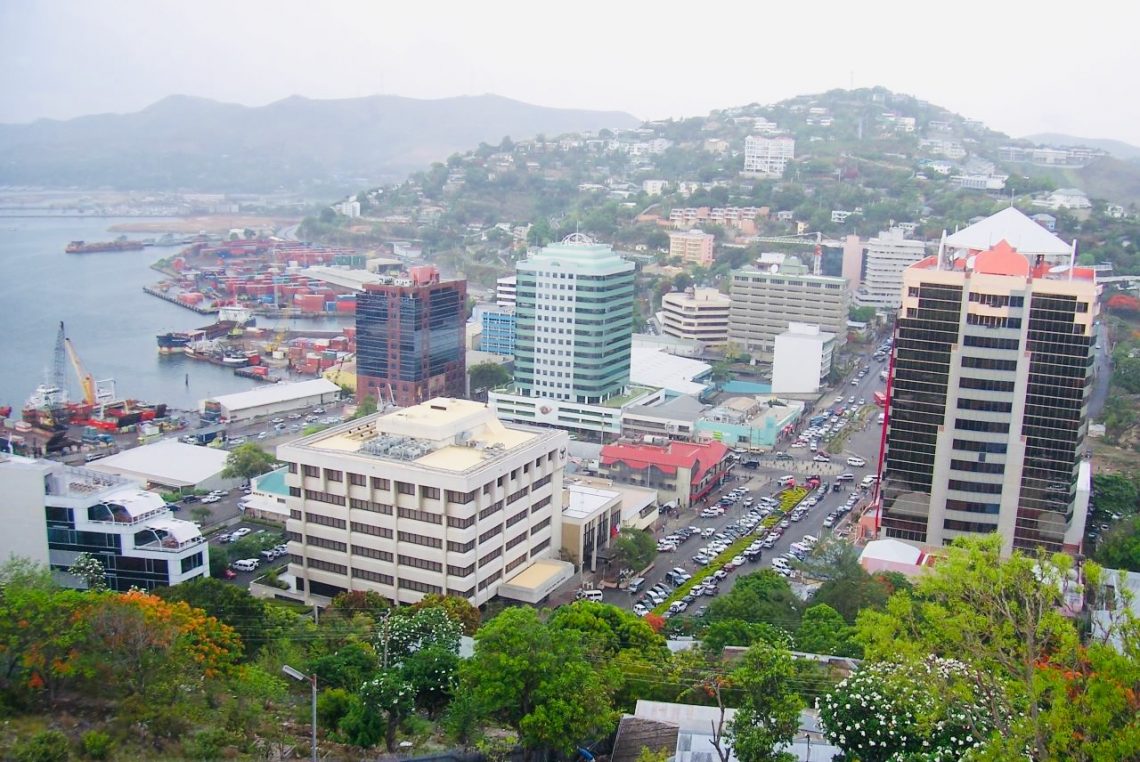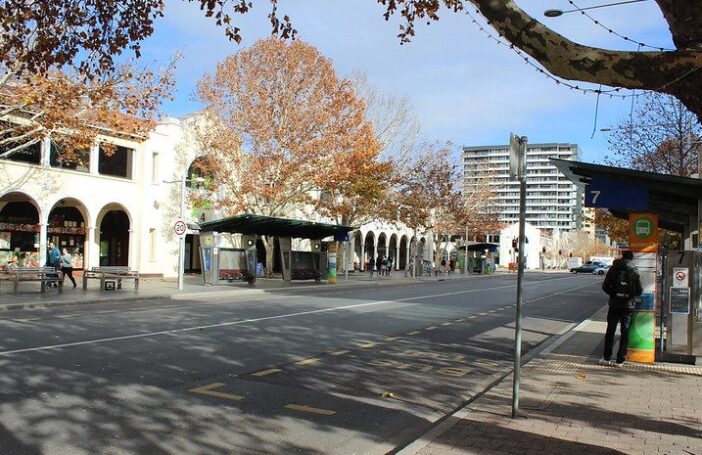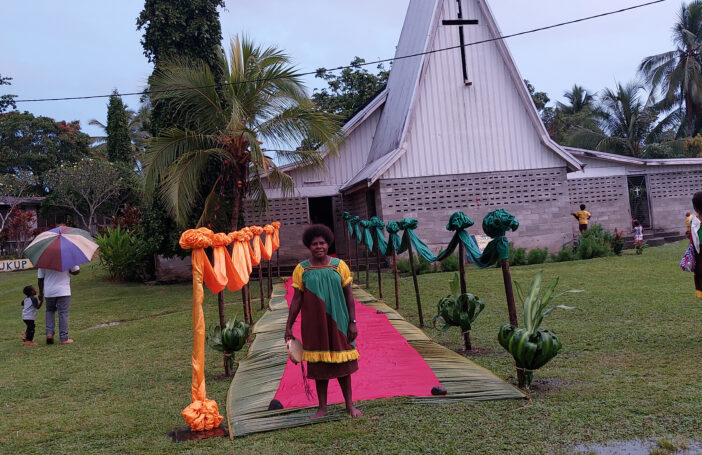As a young boy growing up in Papua New Guinea (PNG), every Saturday Dad would drive up a windy road that overlooked 2-Mile settlement in Port Moresby, where people went about their daily lives. Looking out the window of our 1978 Toyota Corolla as we climbed the hill, the vibrant colours and the glistening tropical waters are forever etched in my memory. Dad and I were on our way to Taurama to collect the international newspapers and a Phantom comic, which arrived every week from Australia. As we reached our destination, there was a mass of people and all I could see was blood splattered all over the walls and across the road. Seeing the terror on my face, my father calmly explained that is was the stain from buai (betel nut) chewing and not to be concerned. PNG was certainly an exciting place to spend my childhood years. Having worked in the Pacific for more than 25 years, I have returned often to Port Moresby and marvelled at the bustling modern city it has become. The developments in the broader region have also been huge, particularly over the past ten years.
As Pacific Trade Invest (PTI) Australia celebrates its fortieth anniversary this year, it’s an ideal time to reflect on how these developments will shape the next 40 years of trade and investment in the Pacific.
Below are what I see as some of the greatest changes in the past 40 years, and what the next 40 years must bring for the Pacific to grow and meet its enormous potential.
The changing nature of connectivity
The Pacific once felt isolated. Now it’s more mobile and global than ever before. When my family operated its business in PNG there was no internet or mobile phones and two-way radios were the norm for communication.
According to the GSMA’s Pacific Islands report, the region’s unique mobile subscriber base increased from 2.3 million in 2009 to 4.5 million in 2018.
By 2020, the economic contribution of mobile technology to the region’s GDP is expected to reach 6 per cent – with mobile services driving development in financial inclusion.
Now, thanks to sea cables, internet and mobile phone proliferation, the Pacific’s window to the world has increased the Pacific’s appetite to move regionally and globally. The flow of global information through Facebook, YouTube, Google and music has had an enormous impact on, and greatly influenced, the lives of Pacific people, especially the younger generations.
From a trade perspective, established and aspiring businesses in the Pacific have new affordable channels to access international markets, customers and information. They know what is being traded, where, and for how much – particularly important for economies heavily reliant on exports. Right now, small- and medium-sized enterprises (SMEs) in the Pacific still face barriers around small parcel logistics and affordable payment systems limiting their ability to take full advantage of digital connectivity.
Connectivity and technology are giving rise to a wave of new micro-enterprises. For example, locals can now use platforms such as Airbnb to generate additional family income.
It’s vital that investment in technology and improvements in the region’s connectivity and digital capacity building continues so that the Pacific can compete in global supply chains and find further efficiencies domestically.
Whether it’s selling goods, providing services or promoting tourism, the Pacific must be able to participate and promote itself digitally. It’s exciting to see this next generation of Pacific entrepreneurs already translating ideas into a Pacific context, for example GoFood in PNG, Cyber Food in Fiji and Seki eats in Samoa – all Pacific versions of Uber Eats.
In time, the improvements in connectivity and technology will enable significant advances in the delivery of education and health services to those in remote areas of the Pacific.
The changing nature of mobility
Deregulation of air services has resulted in more incoming and outgoing flights from the Pacific at more affordable prices.
Australia must embrace its neighbours in a sustainable and respectful manner. A new significant factor in worker mobility is Australia’s commitment to the Pacific Labour Scheme (PLS), which allows semi-skilled Pacific Islanders to work in regional and rural Australia for up to three years.
This will provide them with the opportunity to earn income and develop skills under the guidance of experienced professionals – something they can take with them and apply in their future work. The initial success seen through the pilot program has been immense both for the Australian employers and the Pacific workers.
Personally, the PLS is one of the greatest initiatives I’ve witnessed over the past 25 years of working across the Pacific. Under the scheme, Pacific workers are able to generate significant income and continue their learning while gaining international experience. There is much still to be done, but we must adopt a long-term view and give it the time and support it needs to achieve its potential.
Developing industries
The range and volume of exports from the Pacific has evolved enormously. Be it extractive industries, coffee, cocoa, fish, coconuts, root crops or bilum weaved goods, the Pacific has continually found ways to export its goods to the world.
With continued advances in connectivity, education and mobility, the Pacific’s exports can expand beyond physical goods to include services, knowledge and intellectual property.
Take, for example, the growing global interest in kava. Nobody is better positioned to share knowledge and lead the development of this growing industry than Fiji and Vanuatu.
In the future, Pacific enterprises need to value add their exports and move away from traditional export of commodities. Enterprises need to be consistent, improve quality and learn to tell the world their amazing stories. This will in turn allow them to charge premium prices to offset higher logistics costs due to the natural isolation of the Pacific islands.
Doing it the Pacific way
To ensure the Pacific plays to its strengths, it must use its resources, tourism assets, fertile land, abundant water, traditional knowledge and affordable labour force to support change and growth. This must be achieved in a way that respects the region and, more importantly, understands and works within the context of rich and diverse cultures and traditions.
PTI Australia must evolve and recognise that the support and advice we are asked for will change. Soon it may not be export advice related to physical goods, but advice on how to protect and sell intellectual property, how to sell and connect to digital marketplaces, and how to support the movement of Pacific Islanders to good work, temporary or long term, overseas.
While there is much work to be done, we can be certain that the next 40 years is going to be incredibly exciting for the Pacific.






What a captivating and insightful blog. I loved your story at the beginning – got me in! Always appreciate opportunity to understand more about PNG it’s past, present and possible futures.
Thanks for the feedback. It was the most amazing place to live as a child. No doubt it is challenging but the future will be great!